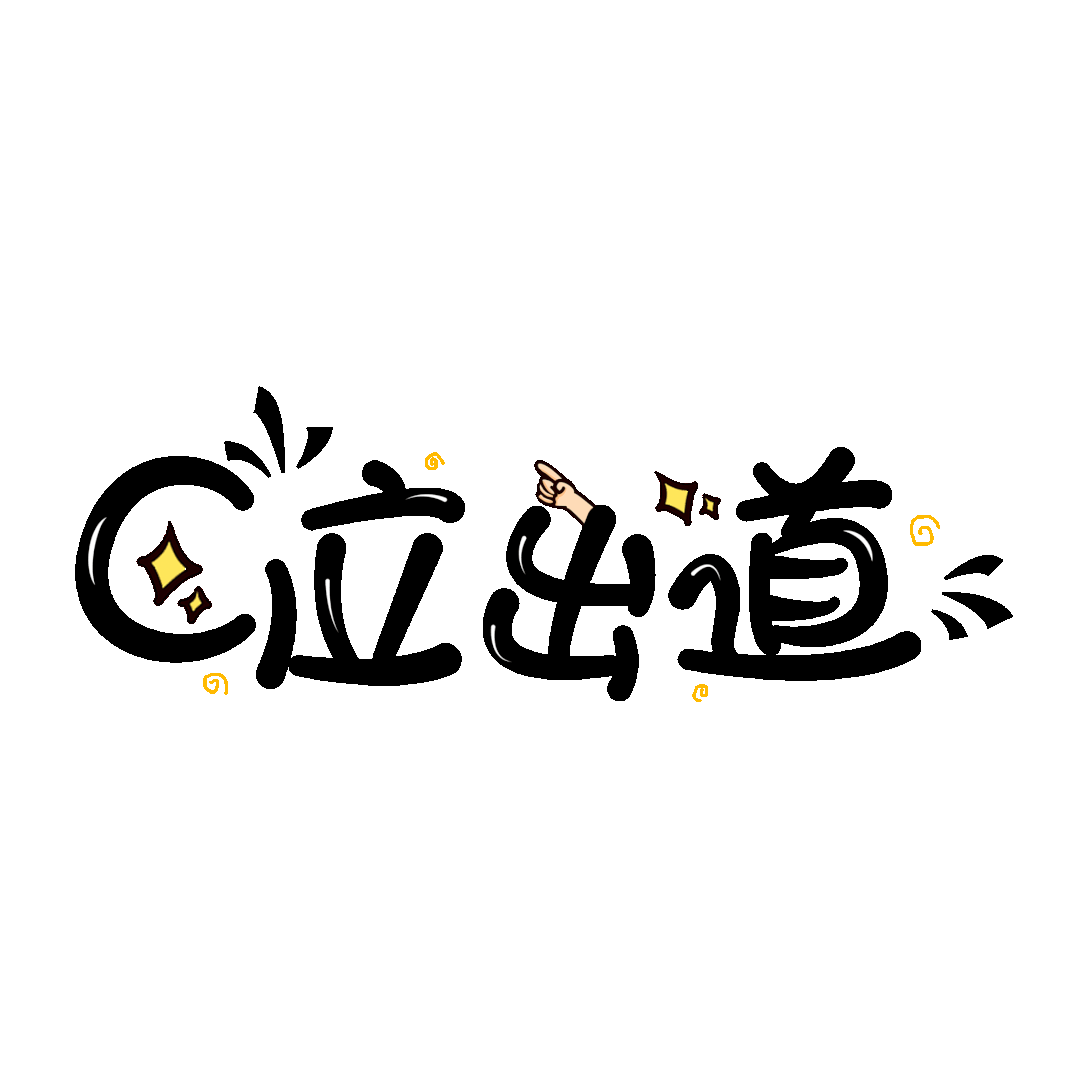Natural Delegate Types
lambda зҺ°еңЁдјҡиҮӘеҠЁеҲӣе»әиҮӘ然委жүҳзұ»еһӢ гҖӮ
еҸҜд»Ҙз”Ё var жқҘеҲӣе»ә委жүҳдәҶпјҡ
var f = () => 1; // Func<int>var g = string (int x, string y) => $"{y}{x}"; // Func<int, string, string>var g = "test".GetHashCode; // Func<int>и°ғз”Ё lambdas
еҫ—зӣҠдәҺдёҠиҝ°ж”№иҝӣ пјҢ еҲӣе»әзҡ„зұ»еһӢжҳҺзЎ®зҡ„ lambda еҸҜд»ҘзӣҙжҺҘи°ғз”ЁдәҶ гҖӮ
var zero = ((int x) => x)(0); // 0Caller Expression AttributeпјҲ80%пјү
зҺ°еңЁ пјҢ CallerArgumentExpression иҝҷдёӘ attribute з»ҲдәҺжңүз”ЁдәҶ гҖӮеҖҹеҠ©иҝҷдёӘ attribute пјҢ зј–иҜ‘еҷЁдјҡиҮӘеҠЁеЎ«е……и°ғз”ЁеҸӮж•°зҡ„иЎЁиҫҫејҸеӯ—з¬ҰдёІ пјҢ дҫӢеҰӮпјҡ
void Foo(int value, [CallerArgumentExpression("value")] string? expression = null){Console.WriteLine(expression + " " + value);}еҪ“дҪ иҝҷж ·и°ғз”Ёж—¶пјҡ
Foo(4 + 5);дјҡиҫ“еҮә 4 + 5 = 9 гҖӮиҝҷеҜ№жөӢиҜ•жһҒе…¶жңүз”Ё пјҢ еӣ дёәдҪ еҸҜд»Ҙиҫ“еҮә assert зҡ„еҺҹиЎЁиҫҫејҸдәҶпјҡ
static void Assert(bool value, [CallerArgumentExpression("value")] string? expr = null){if (!value) throw new AssertFailureException(expr);}default ж”ҜжҢҒи§Јжһ„пјҲ100%пјү
default зҺ°еңЁж”ҜжҢҒи§Јжһ„дәҶ пјҢ еӣ жӯӨеҸҜд»Ҙз»ҷ tuples зӣҙжҺҘиөӢеҖј гҖӮ
(int a, int b, int c) = default; // (0, 0, 0)List PatternsпјҲ100%пјү
Pattern Matching зҡ„жңҖеҗҺдёҖеқ—зүҲеӣҫпјҡlist patterns пјҢ з»ҲдәҺиЎҘйҪҗдәҶ гҖӮ
void Foo(List<int> list){switch (list){case [4]:Console.WriteLine("й•ҝеәҰдёә 4");break;case { 1, 2, 3 }:Console.WriteLine("е…ғзҙ жҳҜ 1, 2, 3");break;case { 1, 2, .., var x, 5 }:Console.WriteLine($"еүҚдёӨдёӘе…ғзҙ жҳҜ 1, 2 пјҢ жңҖеҗҺдёҖдёӘе…ғзҙ жҳҜ 5 пјҢ еҖ’数第дәҢдёӘе…ғзҙ жҳҜ {x}");break;default:Console.WriteLine("е…¶д»–");}}еҗҢж ·зҡ„ пјҢ иҜҘ pattern д№ҹжҳҜ recursive зҡ„ пјҢ еӣ жӯӨдҪ еҸҜд»ҘеөҢеҘ—е…¶д»– patterns гҖӮ
йҷӨдәҶдёҠиҝ° switch statements зҡ„з”Ёжі• пјҢ еңЁ if д»ҘеҸҠ switch expressions зӯүең°ж–№д№ҹеҗҢж ·еҸҜз”Ё пјҢ дҫӢеҰӮпјҡ
void Foo(List<int> list){var result = list switch{[4] => ...,{ 1, 2, 3 } => ...,{ 1, 2, .., var x, 5 } => ...,_ => ...};}Abstract Static Member in InterfacesпјҲ100%пјү
C# 10 дёӯ пјҢ жҺҘеҸЈеҸҜд»ҘеЈ°жҳҺжҠҪиұЎйқҷжҖҒжҲҗе‘ҳдәҶ пјҢ .NET зҡ„зұ»еһӢзі»з»ҹжӯЈејҸе…·еӨҮ virtual static dispatch иғҪеҠӣ гҖӮ
дҫӢеҰӮ пјҢ дҪ жғіе®ҡд№үдёҖдёӘеҸҜеҠ иҖҢдё”жңүйӣ¶зҡ„жҺҘеҸЈ IMonoidпјҡ
interface IMonoid<T> where T : IMonoid<T>{abstract static T Zero { get; }abstract static T operator+(T l, T r);}然еҗҺеҸҜд»ҘеҜ№е…¶иҝӣиЎҢе®һзҺ° пјҢ дҫӢеҰӮиҝҷйҮҢзҡ„ MyIntпјҡ
public class MyInt : IMonoid<MyInt>{public MyInt(int val) { Value = https://www.isolves.com/it/cxkf/yy/C/2021-06-07/val; }public static MyInt Zero { get; } = new MyInt(0);public static MyInt operator+(MyInt l, MyInt r) => new MyInt(l.Value + r.Value);public int Value { get; }}然еҗҺе°ұиғҪеҶҷеҮәдёҖдёӘж–№жі•еҜ№ IMoniod<T> иҝӣиЎҢжұӮе’ҢдәҶ пјҢ иҝҷйҮҢдёәдәҶж–№дҫҝеҶҷжҲҗжү©еұ•ж–№жі•пјҡ
public static class IMonoidExtensions{public static T Sum<T>(this IEnumerable<T> t) where T : IMonoid<T>{var result = T.Zero;foreach (var i in t) result += i;return result;}}жңҖеҗҺи°ғз”Ёпјҡ
List<MyInt> list = new() { new(1), new(2), new(3) };Console.WriteLine(list.Sum().Value); // 6иҝҷдёӘзү№жҖ§еҗҢж ·д№ҹдјҡеҜ№ .NET BCL еҒҡеҮәж”№иҝӣ пјҢ дјҡж–°еўһиҜёеҰӮ IAddable<T>гҖҒINumeric<T> зҡ„жҺҘеҸЈ пјҢ 并дёәйҖӮз”Ёзҡ„е·Іжңүзұ»еһӢе®һзҺ° гҖӮ
жҖ»з»“д»ҘдёҠе°ұжҳҜеңЁ C# 10 зҡ„еӨ§йғЁеҲҶж–°зү№жҖ§д»Ӣз»ҚдәҶ пјҢ иҷҪ然дёҚдҝқиҜҒжңҖз»Ҳж•Ҳжһңе’Ңжң¬ж–Үж•ҲжһңдёҖиҮҙ пјҢ дҪҶжҳҜд№ҹиғҪзңӢеҲ°дёҖдёӘеӨ§жҰӮзҡ„ж–№еҗ‘ гҖӮ
д»Һ interface зҡ„ж”№иҝӣдёҠжҲ‘们еҸҜд»ҘзңӢеҲ°дёҖдёӘеҘҪзҡ„йў„е…Ҷпјҡ.NET з»ҲдәҺејҖе§ӢеҠЁзұ»еһӢзі»з»ҹдәҶ гҖӮ2008 е№ҙиҮід»ҠеҮ д№ҺжІЎжңүеҸҳиҝҮзҡ„ CTS жҳҫ然йҖҗжёҗдёҚиғҪйҖӮеә”иҜӯиЁҖеҸ‘еұ•зҡ„йңҖиҰҒ пјҢ иҖҢ .NET еӣўйҳҹд№ҹжҳҺзЎ®з»ҷеҮәдәҶдҝЎжҒҜиЎЁжҳҺиҰҒеңЁ C# 11 еүҚеҗҺеҜ№зұ»еһӢзі»з»ҹйӣҶдёӯиҝӣиЎҢж”№иҝӣ пјҢ зҺ°еңЁеҸӘжҳҜдёҖдёӘејҖе§Ӣ пјҢ зӣёдҝЎдёҚд№…д№ӢеҗҺд№ҹе°ҶиғҪзңӢеҲ° traitsгҖҒunion typesгҖҒbottom types е’Ң HKT зӯүзҡ„е®һиЈ… гҖӮ
https://mp.weixin.qq.com/s/3kNHgsg4Jth5BRLs1D-92w
жҺЁиҚҗйҳ…иҜ»
- й«ҳж Ў|еӣҪ家з”өзҪ‘дәҢжү№еҚіе°ҶжӢӣиҒҳпјҢжү“еә•е№ҙи–Ә10дёҮпјҹ专科з”ҹеҸҜеҲ«й”ҷиҝҮиҝҷзӯүеҘҪжңәдјҡ
- ж„ҹжҒ©иҠӮж–ҮжЎҲжҖҺд№ҲеҶҷпјҹ
- жҺЁзү№|马ж–Ҝе…Ӣ440дәҝзҫҺе…ғ收иҙӯеҗҺеұҘиЎҢжүҝиҜәпјҡTwitterз®—жі•дёҠзәҝGitHubгҖҒеҚіе°Ҷе…¬ејҖ
- и·Ҝз”ұеҷЁ|еқҗзӯүжҚўи·Ҝз”ұпјҒWi-Fi 7еҠ йҖҹеҲ°жқҘпјҡзҪ‘з»ңдҪ“йӘҢе®ҢзҫҺеҸ–д»ЈWi-Fi 6
- еӨҸеӨ©и„ҡиғҢз—’зҡ„еҺҹеӣ жҳҜд»Җд№Ҳпјҹ
- зҲҶзӮёзҡ„жҳҹзҗғ еҚіе°ҶзҲҶзӮёзҡ„жҒ’жҳҹ
- й»‘иүІжІҷжј |еҚіе°Ҷе…¬жөӢзҡ„й»‘иүІжІҷжј жҗ¬з –еүҚз®ҖеҚ•еҲҶжһҗ
- зҷҫе№ҙзҰҸе…ғжҳҢеҪ’жқҘиҝҷе№ҙ,зҰҸе…ғжҳҢ2014е№ҙеҸӨж ‘ж»Үзәў100е…ӢеҚіе°ҶдёҠеёӮ
- зҷҪж°ҙжё…зү№еҲ¶зҺ°д»Је®ӢиҒҳеҸ·,жқЁиҒҳеҸ·еёғжң—ж—©жҳҘ第йҘјйүҙжҳҘеҚіе°ҶдёҠеёӮ
- еққеҚЎеӣЎеҸӨж ‘иҢ¶,2017е№ҙжӯЈзҡ“еӨ§зҸӯз« еҚіе°ҶдёҠеёӮ


















